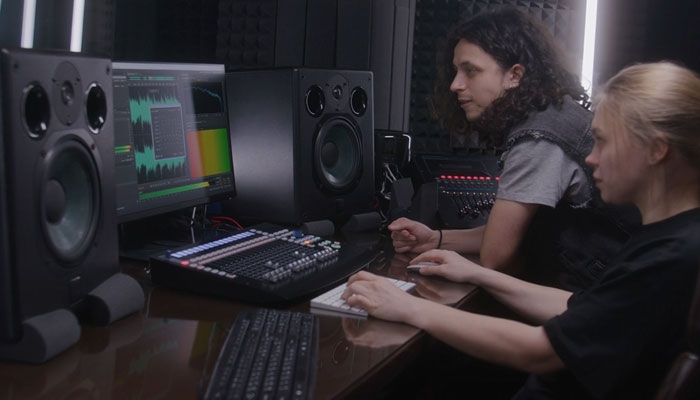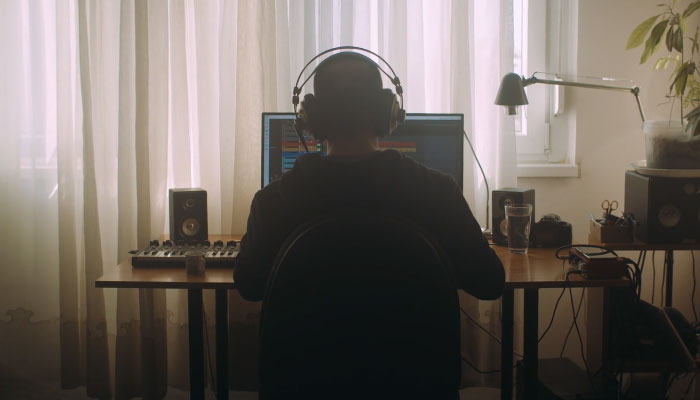So, you have finished recording and mixing a song, and you're ready to send it for mastering. Among the available options, you're not sure whether to choose stem mastering or stereo mastering for your project.
That's a common question, especially among new producers or artists working from their home studios.
In today’s article, we’ll explore in depth the key differences between stereo mastering and stem mastering to understand each's pros and cons, and in which scenarios it is better to go with stem mastering over stereo mastering, and vice versa.
Let’s dive in!
What is Stereo Mastering?

Stereo mastering is the traditional mastering process. The final stage of music and audio production is aimed at enhancing and polishing the song to sound its best across different platforms.
The mastering engineer can use various digital and analog tools to achieve this goal, such as compressors, limiters, equalization, distortion, expansion, and more, depending on the project.
A stereo mastering session is done in a very controlled environment to ensure accurate listening. The mastering engineer usually works in a professional or well-treated studio to achieve the best audio experience in the final product.
The term "stereo mastering" refers to the source material the mastering engineer receives from the mixing engineer, producer, or artist: the stereo mix. In the early days, the song's stereo mixdown was always used for mastering. Now, we specify stereo mastering to distinguish it from other mastering processes that use different source materials, like "stem mastering."
The final product is the same regardless of the mastering method: a song that is not only ready for distribution but also sounds as good as possible and meets the requirements of the medium where it's being released, such as loudness, quality, and format.
What is Stem Mastering?
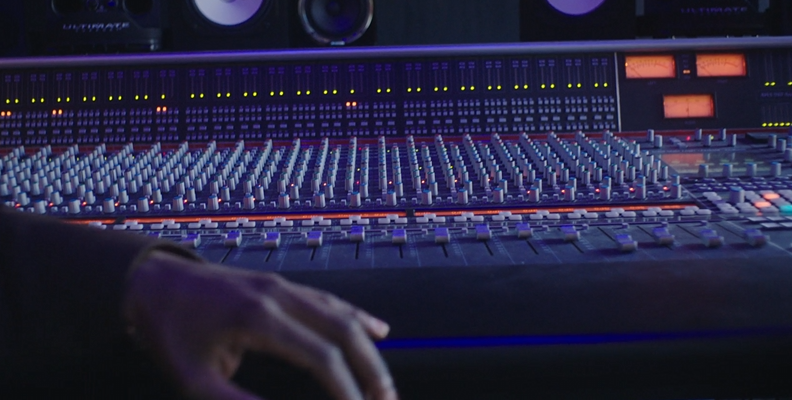
Stem mastering is the same mastering process as stereo mastering, but using stems rather than a single stereo mixdown.
To better explain stem mastering, let’s define stems first.
Stems are a group of instruments or elements in a song that are similar in sound and are mixed and grouped into a single stereo file. For example, all guitar tracks (solo, rhythm, and acoustic) can be mixed, processed, and exported as one stereo track. Each group of instruments will have its own mixed track or stem. In this way, you have your mix divided into multiple stems that, when played together, recreate the original mix.
For stem mastering, you want to create multiple instrument groups. It can be as little as vocal and instrumental stems or as much as dividing a drum kit into individual stems. Then, these stems files are sent to a stem mastering engineer for mastering.
A stem mastering engineer uses the same tools as a stereo mastering engineer, but stems provide more control, allowing them to make small adjustments to specific instruments or sounds and apply processing to each stem for greater precision, ultimately enhancing the final master product.
All processing is done both in stems and in the master output, as with stereo mastering. If the mix sounds good, it may be treated as a stereo master without adjusting anything in the stems.
The delivery product is the same as the one provided by the stereo mastering process: one final stereo master file. The process is often confused with mixing, but it’s more like a step between mixing and stereo mastering. It offers more control than stereo mastering but not as much as mixing. You can’t go back and change the mix; that’s not the mastering engineer’s work.
Stem Mastering vs Stereo Mastering: The Key Differences
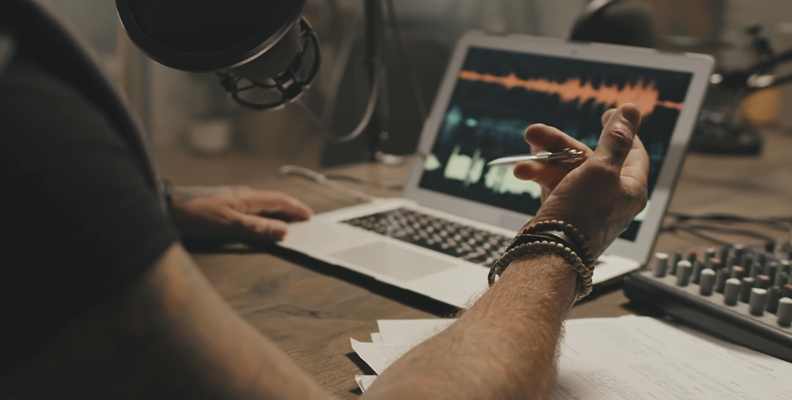
We've discussed what stem mastering and stereo mastering are. Now, let's talk about their key differences. You can have a glance at the following table and then go to each category below for an expanded explanation.
| Stereo Mastering | Stem Mastering | |
| Cost | Less expensive. | More expensive. Usually priced by the number of stems. |
| Best for | Cohesive albums and EPs, final polishes, mixers confident in their skills, producers on a budget, or tight deadlines. | Singles, create alternate versions, home producers with the budget, fix small mix issues. |
| Input files | One single stereo file. | Multiple stems files. |
| File management | Easier to print only one file, store, and send. | Takes more time to generate the stems and uses more storage. |
| Mastering flexibility | Limited control. The engineer can only make global adjustments that affect the entire mix simultaneously. | High control. The engineer can make targeted adjustments to individual groups of instruments. |
Cost:
We'll start with money, because if you're considering which to choose, budget is often a major factor. Generally, stereo mastering is less expensive than stem mastering. Prices can vary depending on the master engineer's reputation, the studio equipment used, and turnaround time, but it's done from a single stereo file, which is easier and faster to work with.
On the other hand, stem mastering involves using multiple stems, which takes more work and time to process. Stem mastering services are usually priced by the number of stems received, with the standard being 5 to 8.
Best For:
Stereo mastering remains the standard for full-album mastering, especially when the master engineer needs to work with over 10 tracks and ensure they sound consistent in tone and volume across the entire album. It’s also ideal for producers and artists who are confident in their mix and only need the final polish, or for producers with a low budget or tight deadlines who require a quick turnaround.
Stem mastering is ideal for producing singles. It's easier to work with multiple stems when releasing a single song. Stems are also best for creating alternate versions, such as radio edits or instrumentals for live performances. It's also a good option for mixers who are not confident with their final mix and want to give the master engineer the ability to make small adjustments to a stem.
Input Files:
The source material to create the master file is another key difference. Stereo mastering works with a single stereo mix file, which is processed with digital plug-ins or audio hardware to create a single, final, mastered stereo track.
Stem mastering uses stems, which are multiple stereo-mixed tracks that can be processed individually before printing the final version.
File Management:
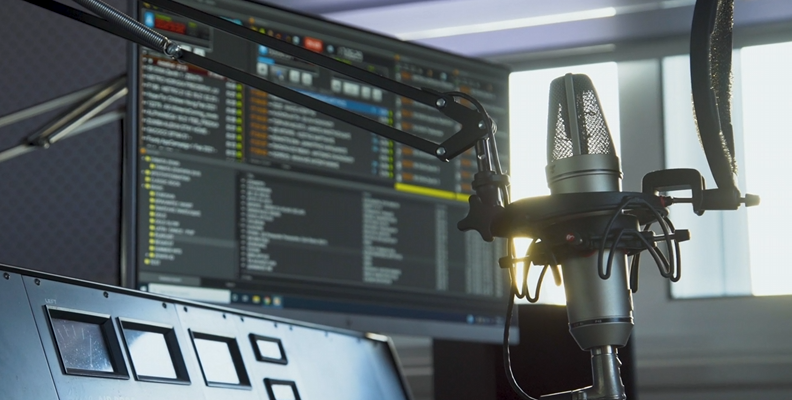
Following the number of files used for each type of mastering comes file management. When working with stereo mastering, you send only one file per song. So, if you're working on an album, you’ll have around 10 files, which are easier to store and share with the mastering engineer.
If you have the same 10-track album ready for stem mastering, you would have around 50 to 80 stems to store and send to your mastering engineer, which requires a lot of space and careful labeling to ensure your engineer can find each track.
Mastering Flexibility:

Stem mastering gives the mastering engineer greater flexibility to make small adjustments to individual stems, sometimes resulting in a better final master than traditional stereo mastering. With stems, you can easily tweak stem levels or EQ to emphasize vocals or improve the low end. In contrast, stereo mastering only allows global adjustments that affect all instruments.
However, bear in mind that stem mastering is not a mixing service, and it can't fix a bad mix. It simply offers some extra flexibility to deliver the best possible result.
When to Choose Stereo Mastering
To answer the final question, these are the situations where I suggest you choose stereo mastering over stem mastering:
When you are confident that your mix is good.
When you need the most affordable option and a quick turnaround time.
When releasing a full album or EP, and you want to achieve a consistent sound and volume throughout.
When you don’t want to deal with multiple files or are worried about storage or cloud services for uploading all your files.
When in doubt, I suggest you choose stereo mastering, as some engineers won’t work with stems, but any mastering engineer will take your stereo mixdowns.
When to Choose Stem Mastering
If you’re still in doubt, here are situations when a stem mastering session is a better option:
When you or your mix engineer is not confident in the final mix and wants to allow the mastering engineer to make fixes without sending mixdown versions back and forth.
When you are working in a single track, and you want to allow the mastering engineer all the tools to achieve the best result.
When you need to create a different version of the song, like instrumental versions, acappellas, backing tracks, practice tracks without specific instruments, etc.
When you have the budget. If you can pay for it and want it, then go ahead and try it!
It's always a good idea to check with your mastering engineers before sending the stems, and see if they provide that service, and if there is a limit to the number of stems.
Final Words

In summary, stereo mastering uses a single stereo file as the source, applying all effects and processing to it to achieve the best sound, whereas stem mastering works with multiple files, allowing you to make changes individually before applying global processing. Both can deliver exceptional results and produce a polished master file, ready for distribution. The final call on which one to use is entirely yours and your project, and it may come down to your confidence in the mix and your budget.
Good luck!









